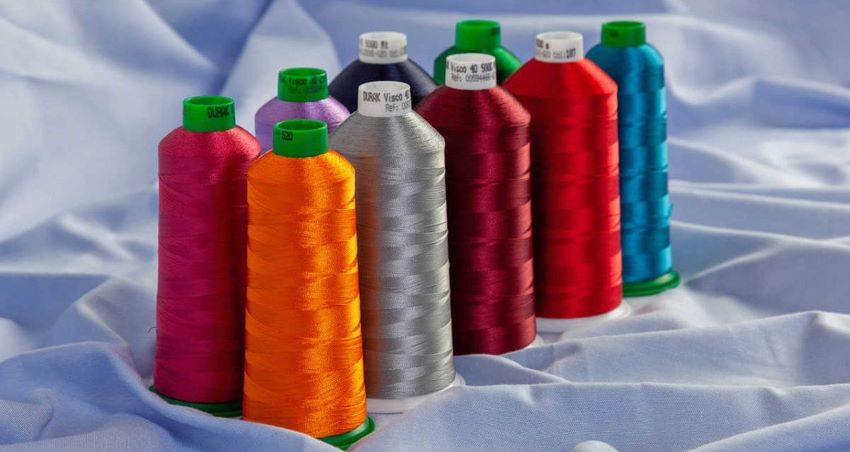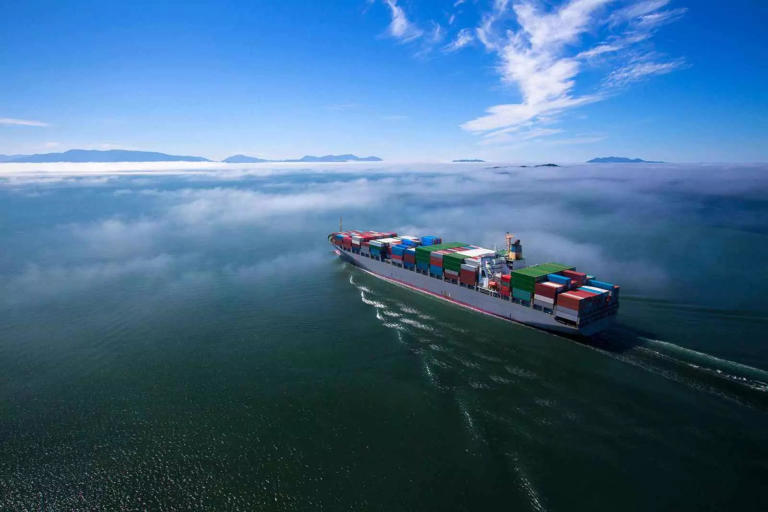"China’s leading position is continuously being threatened with the arrival of low coast production regions like Bangladesh and Vietnam. A Euratex report states even though emerging countries are gradually gaining market share, it should be noted that some of the businesses are actually Chinese companies that have relocated. Mediterranean countries, which have long benefited from their proximity to the EU-28, have held the same position for the last few years. Contrary to China, SAARC and ASEAN zones have grown slowly but surely since 2010, improving gradually their share in EU textile & clothing imports. In 2017, these four zones still accounted for over 86 per cent of total extra-EU textiles and clothing imports."
 China’s leading position is continuously being threatened with the arrival of low coast production regions like Bangladesh and Vietnam. A Euratex report states even though emerging countries are gradually gaining market share, it should be noted that some of the businesses are actually Chinese companies that have relocated. Mediterranean countries, which have long benefited from their proximity to the EU-28, have held the same position for the last few years. Contrary to China, SAARC and ASEAN zones have grown slowly but surely since 2010, improving gradually their share in EU textile & clothing imports. In 2017, these four zones still accounted for over 86 per cent of total extra-EU textiles and clothing imports.
China’s leading position is continuously being threatened with the arrival of low coast production regions like Bangladesh and Vietnam. A Euratex report states even though emerging countries are gradually gaining market share, it should be noted that some of the businesses are actually Chinese companies that have relocated. Mediterranean countries, which have long benefited from their proximity to the EU-28, have held the same position for the last few years. Contrary to China, SAARC and ASEAN zones have grown slowly but surely since 2010, improving gradually their share in EU textile & clothing imports. In 2017, these four zones still accounted for over 86 per cent of total extra-EU textiles and clothing imports.
China losing ground
As for products, China prevailed as the main supplier of woven garments. However, its share continued to decline only to the benefit SAARC and ASEAN regions whose shares went up. Traditional suppliers of the EU-28, the Mediterranean countries expanded their market share. In import of knitted garments, China was again overtaken by the SAARC region whose share now make up one third of total EU imports.
Clothing accounted for more than half of EU-28 exports in 2017, due to sharp rises of exports to EU’s top customers. In 2017, extra-EU exports went to four main defined country groupings whose respective shares were Mediterranean countries: 13.3 per cent; Group of autonomous countries: 12.4 per cent; EFTA group of countries: 16.4 per cent; NAFTA group of countries: 17.0 per cent. These four groups accounted for 59 per cent of extra-EU textile and clothing exports in 2017. Woven fabrics were the major textile product in EU-28 textiles exports. The NAFTA zone and the Mediterranean countries are the biggest purchasers of textile goods. Articles of clothing accounted for more than half of all exports, almost two thirds of which was woven items. EFTA and NAFTA areas make up the two main buyers. Items of apparel continued to interest developed countries and certain consumer categories in developing countries with increasing purchasing power.
four main defined country groupings whose respective shares were Mediterranean countries: 13.3 per cent; Group of autonomous countries: 12.4 per cent; EFTA group of countries: 16.4 per cent; NAFTA group of countries: 17.0 per cent. These four groups accounted for 59 per cent of extra-EU textile and clothing exports in 2017. Woven fabrics were the major textile product in EU-28 textiles exports. The NAFTA zone and the Mediterranean countries are the biggest purchasers of textile goods. Articles of clothing accounted for more than half of all exports, almost two thirds of which was woven items. EFTA and NAFTA areas make up the two main buyers. Items of apparel continued to interest developed countries and certain consumer categories in developing countries with increasing purchasing power.












